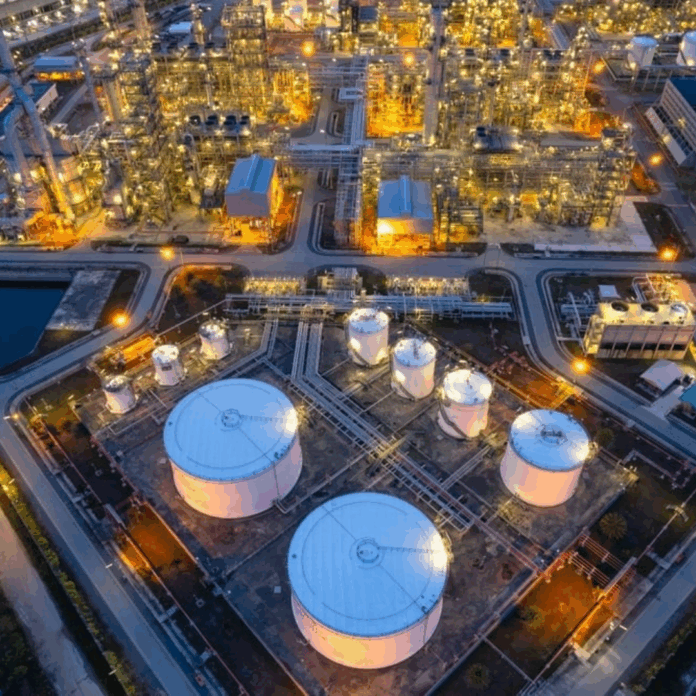Russia, one of India’s closest international allies, owns the largest reserves of natural gas on Earth. With a massive 47,798 cubic kilometers of natural gas lying beneath its land, Russia leads the world in terms of gas availability. These reserves are not just large—they are a key part of the country’s economic strength.
However, in recent years, Russia has been caught in a major geopolitical conflict. Its military actions in Ukraine have led to a wide range of sanctions from the United States and many European countries. These sanctions limit Russia’s ability to trade freely with much of the Western world. As a result, Russia has had to look elsewhere to sell its valuable oil and gas.
To keep its economy running and to find new markets, Russia turned to countries like India and China. It began offering oil at heavily discounted prices. This was a win-win for both sides—Russia found new buyers despite the sanctions, and India benefited by getting cheaper fuel to meet its growing demand.
India took full advantage of this opportunity. Over time, Russia became India’s largest supplier of crude oil. This shift helped India manage rising energy costs and protect its economy from global fuel price shocks. It also marked a new phase in the energy relationship between the two nations, driven by both need and long-standing cooperation.
Iran and Qatar Also Play Key Roles in Supplying Fuel to India
After Russia, Iran is the second-largest holder of natural gas in the world, with reserves totaling 33,980 cubic kilometers. Like Russia, Iran also faces serious restrictions, mainly from the United States. These sanctions make it difficult for Iran to export its gas and oil openly.
Still, Iran remains an important figure in the global energy sector. One unique fact about Iran is that it offers the lowest petrol prices in the world to its own citizens, thanks to government-controlled pricing. This makes fuel highly affordable within the country, although sanctions limit Iran’s reach in the international market.
Russia’s Interest Rate Shock: Businesses Choke as Kremlin Keeps Borrowing at 21%
Qatar, with 23,871 cubic kilometers of natural gas, ranks third in the world. It is a stable and reliable energy exporter and is not affected by the kinds of sanctions placed on Russia and Iran. Qatar holds a special position in India’s energy supply chain—it is the largest exporter of natural gas to India.
Natural gas from Qatar is widely used in India for cooking, electricity generation, and industrial use. The partnership between the two countries has been strong and steady for many years. While Russia and Iran provide crude oil and are affected by global politics, Qatar plays a more consistent and neutral role in supporting India’s energy needs.
Other Gas-Rich Countries and Why They Matter Less to India
Apart from these three nations, many other countries also hold large reserves of natural gas. For example, Saudi Arabia has around 15,910 cubic kilometers, while the United States has 13,167 cubic kilometers. Turkmenistan holds 11,326 cubic kilometers, China has 6,654 cubic kilometers, and the United Arab Emirates has 6,088 cubic kilometers.
Nigeria and Venezuela also make the list with more than 5,000 cubic kilometers each. Other notable countries include Algeria, Iraq, and Australia, all of which have thousands of cubic kilometers of gas reserves.
Oil Freeze! Spain Abruptly Halts Venezuelan Crude Imports Before U.S. Sanctions Deadline
Despite having so many options, India’s strongest energy connections remain with Russia, Iran, and Qatar. The United States, although rich in gas, does not supply much to India. China, on the other hand, mostly uses its gas for domestic purposes and does not trade much with India in this area.
Venezuela, though it has the world’s largest crude oil reserves, ranks far lower when it comes to natural gas. This limits its role in India’s gas needs. Likewise, Australia and Iraq do export some energy, but their trade ties with India are not as significant.
In the end, India’s major fuel suppliers are also the ones dealing with the toughest global challenges. Yet, through trade deals, discounts, and strategic partnerships, India continues to rely on them to power its industries, homes, and transport systems.
